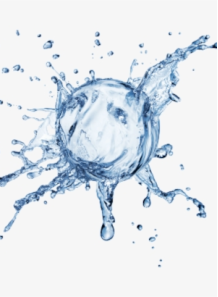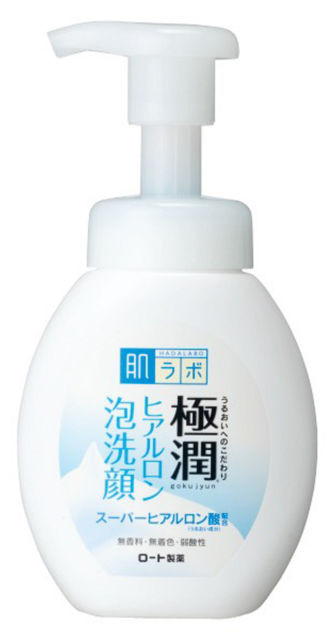HyaCoat™ (Cationic Hyaluronic Acid)
- Product Code: 1189
It is caused by taking Hyaluronic Acid (hyaluron) and going through a process to create positive ions. which can stick to the surface Because the skin is naturally negatively charged, HyaCoat™ becomes Hyaluronic Acid that adheres to the skin. Can be used in wash-off formulas such as facial cleanser, shampoo, soap.
- -
- -
- -
- -
- -
- -
- -
- -
- -
- -
- -
- -
- -
- -
- -
- -
- -
- -
| Test Name | Specification |
|---|---|
| Apperance | White or almost white powder or granule |
| Identification of CPC | Complies |
| Identification of Sodium | Complies |
| Assay of Glucuronic Acid on dry base | 37.0-46.0% |
| pH (0.5% sq.sol., 25C) | 5.0-7.5 |
| Absorbance (0.5% aq.sol., 25C) | A 280nm 0.25 Max |
| Appearance of Solution (0.5% aq.sol., 25C) | T 550nm 99% Min |
| Loss on drying | 10% Max |
| Residue on Ignition | 15% Max |
| Kinematic Viscosity | 2-10mm2/s |
| Degree of Cationization | 0.15-0.60 |
| Protein | 0.1% Max |
| Heavy Metals (as Pb) | 20ppm Max |
| Bacteria count | 100CFU/g Max |
| Molds & Yeasts | 50CFU/g Max |
| Staphylococcus aureus | Negative/g |
| Pseudomonas aeruginosa | Negative/g |
HyaCoat™ is made by taking Hyaluronic Acid (hyaluronic acid) and going through a process to create positive ions. which can stick to the surface Because the skin naturally has negative ions, HyaCoat™ becomes Hyaluronic Acid that adheres to the skin or hair. It can be used in wash-off formulas such as facial cleanser, shampoo, soap.
From an experiment using HyaCoat™ and Hyaluronic Acid, the same concentration at 1%, mixed with water, applied to the skin and allowed the water to flow through, it was found that when water flows through for 5 minutes, 10 minutes, and 15 minutes, Hyaluronic Acid will be washed away. Almost all of them went. Compared to HyaCoat™, which can still stick to the skin, HyaCoat™ can continuously moisturize the skin. Even though it was washed away
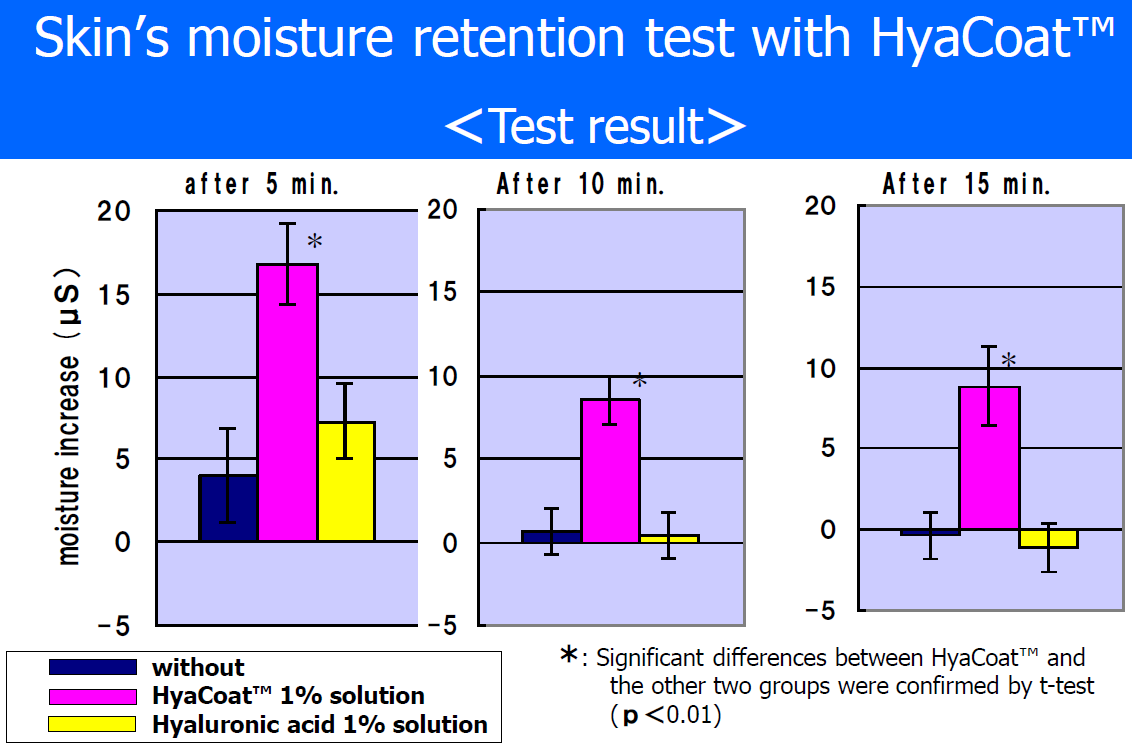
HyaCoat™ is therefore suitable for use in facial and body cleansing formulas. Because it can help coat and moisturize the skin for a long time. Even if it is washed off
The company sells 12 types of Hyaluronic Acid.
1. Small size (Molecular Weight: average 10,000 Daltons) can be absorbed into the skin. Moisturizes the skin at a deep level. But it does not create a gel texture. and cannot be coated.
2. Standard size ( Molecular Weight: average 1,000,000 Daltons) cannot be absorbed into the skin. Moisturizes the outer skin area. Can form a little gel. Slightly coats the skin.
3. Large size ( Molecular Weight: average 2,000,000 Daltons) cannot be absorbed into the skin. Moisturizes the outer skin area. It creates a good gel. Coat the surface well.
4. Double Hyaluronic Acid liquid type , made from a combination of Nano and Standard sizes, easy to use. And can provide moisture to both the lower and upper skin layers.
5. Cationic powder type , through a process to create positive ions. Can stick to the skin or hair. Can be used in rinse formulas. such as facial cleanser, shampoo, conditioner
6. Elastomer type, gel texture, with the nature of the connection of each large molecule. Makes it very effective in retaining moisture for a long time.
7. Japan type, same grade as used in Hyaluron Serum products sold mostly in Japan.
8. Type 4D Hyaluron is a thick gel consisting of hyaluron of 3 molecular sizes and cationic hyaluron, so it can completely nourish the skin. Both the outer layer and the inner layer.
9. Type 8D Hyaluron is a gel consisting of hyaluron of 4 molecular sizes and cationic hyaluron and cross-polymer hyaluron and acetylated hyaluron (also known as super-hyaluron)
10. acetylated type (also called super-hyaluron) has the highest absorption ability into the skin. Compared to other types of Hyaluron
11. Type dispersed in oil (oil-dispersible) can be mixed in oil-based formulas such as lipstick, lip balm, and most make-up products because they are oil-based.
12. China type is a grade that focuses on cost-saving formulas, economical prices, and standard quality.
Usage: For all kinds of cosmetics In the form of gel, serum, lotion or cream, shampoo, soap.
How to mix: Dissolve in water by agitating the water at least at a speed. 1,000 rpm And then sprinkle the powder into the water a little at a time.
Usage rate: 0.1-0.5% (recommended 0.1-0.2%)
Product appearance: white powder
Solubility: Can dissolve in water
Storage: For long-term storage Store in a cool, dry place. Temperature between 15 °C -25 °C Do not expose to sunlight and humidity. At least 2 years old
INCI Name : Hydroxypropyltrimonium Hyaluronate
Examples of products using HyaCoat™
Hada-Labo Gokujyun Hyaluronic Acid Foaming Face Wash
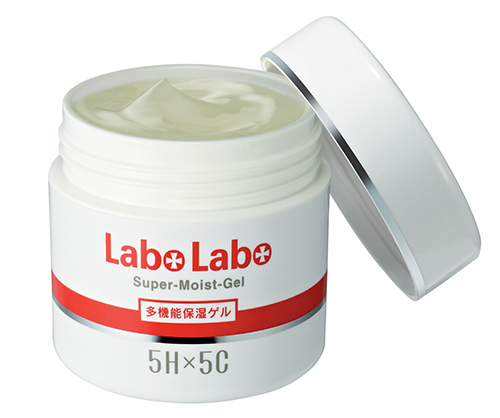
Dr.Ci:Labo LABO LABO SUPER-MOIST-GEL
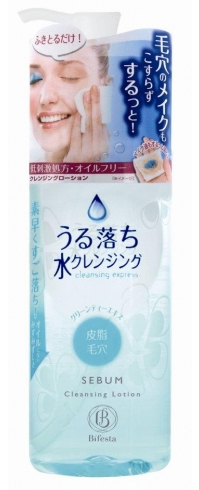
BIFESTA CLEANSING LOTION IN SEBUM
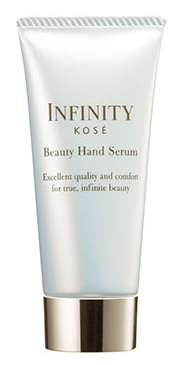
Kose INFINITY BEAUTY HAND SERUM
Be the first to review this product :-)
Recent dicussion threads:
- › 2023-02-16 Check the ingredients. The team doesn't have to answer.
- › 2022-12-31 reduce wrinkles
Example recipes using this ingredient:
- › lock_outlineCopper Amino & Peptide Serum
- › lock_outlineHyaluron Serum (Preservative-Free)
- › lock_outlinePhetbhum Serum
- › lock_outlineYouth booster serum
- › lock_outlineYOUTH EXPERT SERUM
- › lock_outlineAcne Peptide Serum
- › lock_outlineTranexamic Acid Whitening Serum
- › lock_outlineSkin Serum by Hyangel
- › lock_outlineNight Cream
- › lock_outlineDaily Skin Booster Serum
- › lock_outlineHyaluron Essence Serum
- › lock_outlineSkin renewing cleanser
Recommend Lab-Service
| Lab Service | Price |
|---|
It is caused by taking Hyaluronic Acid (hyaluron) and going through a process to create positive ions. which can stick to the surface Because the skin is naturally negatively charged, HyaCoat™ becomes Hyaluronic Acid that adheres to the skin. Can be used in wash-off formulas such as facial cleanser, shampoo, soap.
HyaCoat™ is made by taking Hyaluronic Acid (hyaluronic acid) and going through a process to create positive ions. which can stick to the surface Because the skin naturally has negative ions, HyaCoat™ becomes Hyaluronic Acid that adheres to the skin or hair. It can be used in wash-off formulas such as facial cleanser, shampoo, soap.
From an experiment using HyaCoat™ and Hyaluronic Acid, the same concentration at 1%, mixed with water, applied to the skin and allowed the water to flow through, it was found that when water flows through for 5 minutes, 10 minutes, and 15 minutes, Hyaluronic Acid will be washed away. Almost all of them went. Compared to HyaCoat™, which can still stick to the skin, HyaCoat™ can continuously moisturize the skin. Even though it was washed away

HyaCoat™ is therefore suitable for use in facial and body cleansing formulas. Because it can help coat and moisturize the skin for a long time. Even if it is washed off
The company sells 12 types of Hyaluronic Acid.
1. Small size (Molecular Weight: average 10,000 Daltons) can be absorbed into the skin. Moisturizes the skin at a deep level. But it does not create a gel texture. and cannot be coated.
2. Standard size ( Molecular Weight: average 1,000,000 Daltons) cannot be absorbed into the skin. Moisturizes the outer skin area. Can form a little gel. Slightly coats the skin.
3. Large size ( Molecular Weight: average 2,000,000 Daltons) cannot be absorbed into the skin. Moisturizes the outer skin area. It creates a good gel. Coat the surface well.
4. Double Hyaluronic Acid liquid type , made from a combination of Nano and Standard sizes, easy to use. And can provide moisture to both the lower and upper skin layers.
5. Cationic powder type , through a process to create positive ions. Can stick to the skin or hair. Can be used in rinse formulas. such as facial cleanser, shampoo, conditioner
6. Elastomer type, gel texture, with the nature of the connection of each large molecule. Makes it very effective in retaining moisture for a long time.
7. Japan type, same grade as used in Hyaluron Serum products sold mostly in Japan.
8. Type 4D Hyaluron is a thick gel consisting of hyaluron of 3 molecular sizes and cationic hyaluron, so it can completely nourish the skin. Both the outer layer and the inner layer.
9. Type 8D Hyaluron is a gel consisting of hyaluron of 4 molecular sizes and cationic hyaluron and cross-polymer hyaluron and acetylated hyaluron (also known as super-hyaluron)
10. acetylated type (also called super-hyaluron) has the highest absorption ability into the skin. Compared to other types of Hyaluron
11. Type dispersed in oil (oil-dispersible) can be mixed in oil-based formulas such as lipstick, lip balm, and most make-up products because they are oil-based.
12. China type is a grade that focuses on cost-saving formulas, economical prices, and standard quality.
Usage: For all kinds of cosmetics In the form of gel, serum, lotion or cream, shampoo, soap.
How to mix: Dissolve in water by agitating the water at least at a speed. 1,000 rpm And then sprinkle the powder into the water a little at a time.
Usage rate: 0.1-0.5% (recommended 0.1-0.2%)
Product appearance: white powder
Solubility: Can dissolve in water
Storage: For long-term storage Store in a cool, dry place. Temperature between 15 °C -25 °C Do not expose to sunlight and humidity. At least 2 years old
INCI Name : Hydroxypropyltrimonium Hyaluronate
Examples of products using HyaCoat™
Hada-Labo Gokujyun Hyaluronic Acid Foaming Face Wash

Dr.Ci:Labo LABO LABO SUPER-MOIST-GEL

BIFESTA CLEANSING LOTION IN SEBUM

Kose INFINITY BEAUTY HAND SERUM
| Mechanism | - |
| Appearance | - |
| Longevity | - |
| Strength | - |
| Storage | - |
| Shelf Life | - |
| Allergen(s) | - |
| Dosage (Range) | - |
| Recommended Dosage | - |
| Dosage (Per Day) | - |
| Recommended Dosage (Per Day) | - |
| Mix Method | - |
| Heat Resistance | - |
| Stable in pH range | - |
| Solubility | - |
| Product Types | - |
| INCI | - |
Cart
No products



